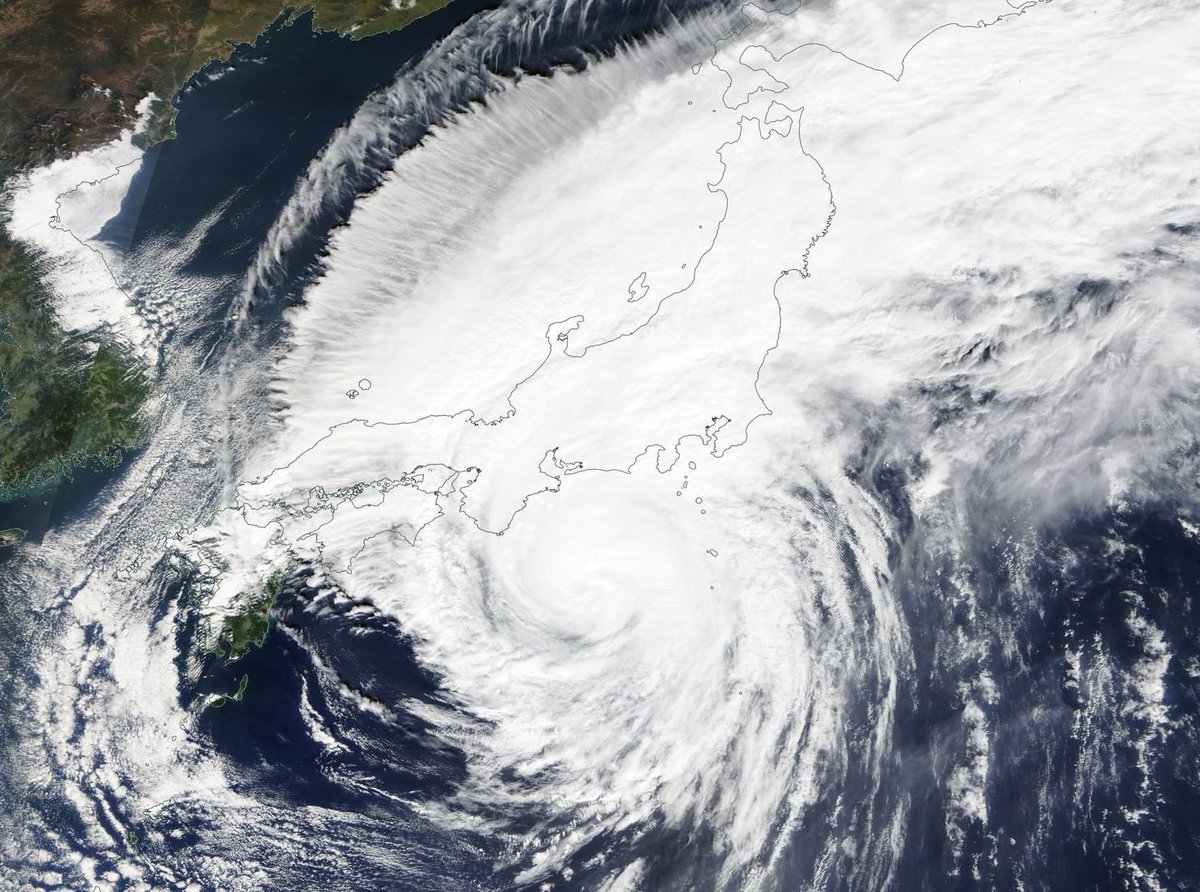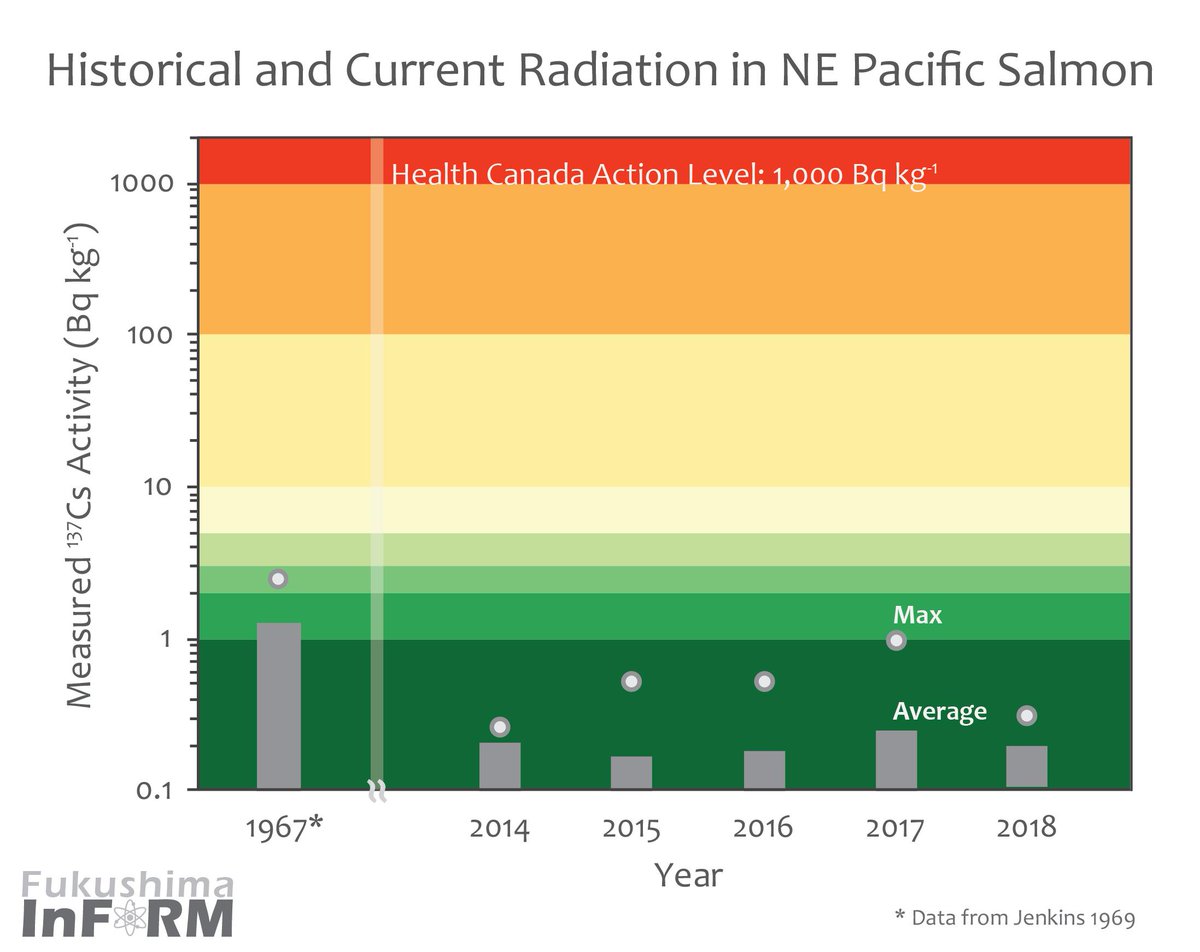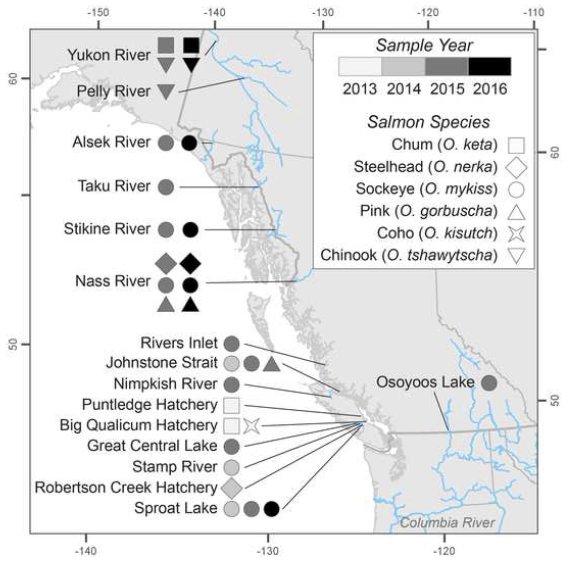
1/n Thread: Routinely people write or tweet at me that #Fukushima is still leaking to the ocean and therefore contamination levels in #Pacific seawater and marine organisms must be increasing. This is just not so.
2/n My reply is that rates of releases now are so low compared to March-April 2011 that one can barely detect that #Fukushima is leaking at all into the ocean even near to the Japanese coast. Colleague Michio Aoyama has just published a peer-reviewed paper showing just that
3/n He and his team of experts measured 137-Cs and 134-Cs from #Fukushima in the following locations in #Pacific seawater from 2011 to 2017. You can see that boxes 1, 2, and 3 are closest to the Japanese coast with box 1 off #Fukushima prefecture
4/n Here is what they found. Maximum activities of 137-Cs that are about 1-3 Bq per meter cubed of seawater in 2016. That is barely more than the 1-2 Bq per cubic meter measured in 2010 before the disaster and meltdowns occurred . Figure below shows samples from Box 1,2 and 3
5/n So. Yes #Fukushima is still leaking to the ocean and there is much complicated work to clean up the site. Yes we can detect these very low levels. But no. There is no threat to marine or public health owing to ocean contamination.
6/6 Maximum levels in seawater from #Fukushima have peaked in the open #Pacific close to North America at about 10 Bq per cubic meter which is roughly 5-10 times less than levels at the height of atmospheric nuclear weapons testing in the mid-20th century.
• • •
Missing some Tweet in this thread? You can try to
force a refresh







